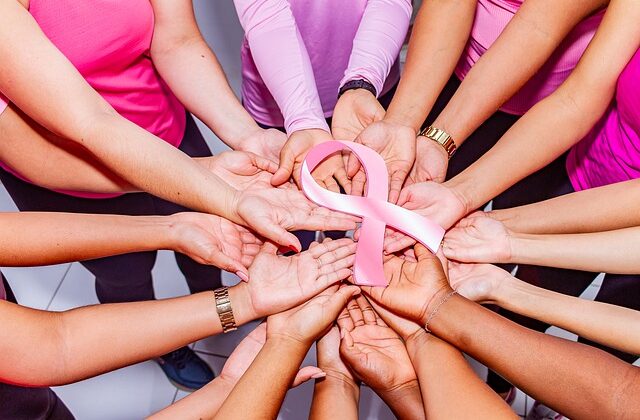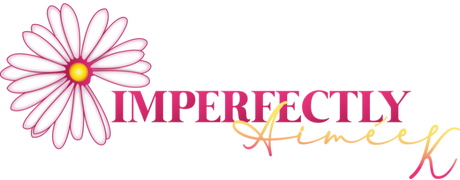
Two of the scariest words that we never want to hear are breast cancer.
We keep hearing those two words everywhere, and it seems that breast cancer is on the rise. Some of us may start to wonder, how concerned should I be?
Although breast cancer can be a scary topic, there are ways to help detect it early. There are also lots of technological advancements to assist in early detection.
Here are some tips to help you identify early warning signs of breast cancer.
What should I watch out for with my breasts?
Look for breast changes that change the look or feel of the breast. You may notice a difference in the size of your breast, or swelling in one breast.
You may also experience pain, tenderness, or redness. Lumps that cause pain are not usually cancerous (stay tuned for my future blog post on fibrocystic breasts), but sometimes can cause a “prickly” sensation.
It’s better to be on the safe side (and for peace of mind) to get any breast pain checked out by a medical doctor.
Other changes to the breast could be an unusually warm or itchy feeling, finding a lump in your breast or underarm that does not go away, or swelling in your armpit or near your collarbone.
It is important to note that some of these symptoms overlap with other conditions. A good way to determine if your symptoms are of concern would be if the symptom doesn’t improve. Always check with your medical doctor if unsure or if symptoms are persisting.
What should I watch out for with my nipples?
Your nipples could also be an early warning sign.
Some symptoms to watch out for could be pain, unusual discharge, and physical changes.
Some physical changes you might see are dimples, burns, sores, or that your nipples have started to pull inwards.
The best way to pick up on these sometimes subtle changes, is by ensuring you are doing regular monthly breast self-exams, as you will become familiar with your breast’s regular, healthy look and textures. This will help you identify changes earlier.
It is important to note that it is no longer recommended to do breast self-exams if you are age 40 to 74 years old in Canada and the USA, and there have also been changes to mammography guidelines. These changes are to help limit misdiagnosis, unneeded biopsies, and anxiety and stress associated with the process.
What other signs should I watch for?
There may be some changes unrelated to the breast or nipple that could also be signs to watch for. As mentioned above, you could notice swelling in your armpit or near your collarbone, which could be a sign that lymph nodes may be involved.
Sometimes, you could experience upper back pain that persists or doesn’t seem to go away. This type of upper back pain doesn’t improve with stretching, diet changes, or even with an adjustment from your chiropractor.
Signs and symptoms of breast cancer could come at any time, at any age, and can be different for everyone. These signs and symptoms may not be obvious, which is why it is important to become familiar with your healthy breasts. It could help you catch the early signs before it can progress into a more advanced disease.
The earlier you seek medical help, the higher the chance of a successful recovery!
* This post is for general informational and educational purposes only, please see our full DISCLAIMERS page for more information


Leave a Reply
You must be logged in to post a comment.